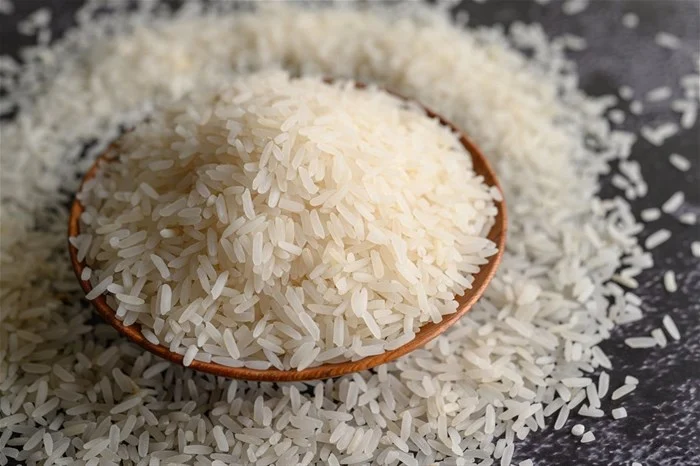
Rice (Oryza sativa) is one of the oldest cereal grains in the world. It contains carbohydrates, which provide energy to the body, but can raise blood sugar. People typically categories rice into two types: white or brown.
People have grown the grain for at least 5,000 years. It is a staple food for more than half Trusted Source of the world’s population, and 90% of the world’s rice comes from Asia.
There are thousands of types of rice, but depending on how producers process them, they fit into two groups: white or brown (whole grain).
White rice is the most common type, though brown rice offers more health benefits. Brown rice comes in a variety of shades, including reddish, purplish, or black. It has more fiber, which helps support gut health and reduce inflammation.
Manufacturers make many products from rice, including rice flour, rice syrup, rice bran oil, and rice milk.

Nutrition
Both white and brown rice contain mainly carbohydrate and some protein, with virtually no fat or sugar.
Cooked rice contains a lot of water, making up almost 70% of its total weight.
White and brown rice have similar calorie, carbohydrate, protein, and fat content. A 100 gram (g)Trusted Source serving of white, short-grain, cooked rice contains the following nutrients:
| Nutrient | Amount | % Daily Value (DV) |
| Calories | 130 | |
| Carbohydrate | 28.7 grams (g) | 10% |
| Protein | 2.36 g | 5% |
| Fat | 0.19 g | 0% |
The cultivation of rice is more intensive in Mwanza region, where transplanting takes place; on the larger rice fields in Shinyanga region, broadcasting dominates. Households grow rice for both food and cash – mainly for food in Mwanza region and mainly for cash in Shinyanga region.
Rice is planted on both the mainland and the Zanzibar Island. The following table shows the distribution of harvested areas from producing zones .
| Production zone | Harvested area (% total harvested area) |
| Shinyaga | 16.28 |
| Morogoro | 15.82 |
| Mwanza | 14.40 |
| Tabora | 11.57 |
| Mbeya | 10.90 |
| Rukwa | 8.70 |
| Mtwara | 5.23 |
| Coast & DSM | 4.65 |
| Ruvuma | 2.64 |
| Lindi | 2.57 |
| Arusha | 1.80 |
| Kilimanjaro | 1.36 |
| Singida | 1.28 |
| Tanga | 0.86 |
| Kigoma | 0.63 |
| Iringa | 0.52 |
| Kagera | 0.40 |
| Dodoma | 0.31 |
| Mara | 0.08 |
For any comment or suggestion you can open a topic on our forum page


